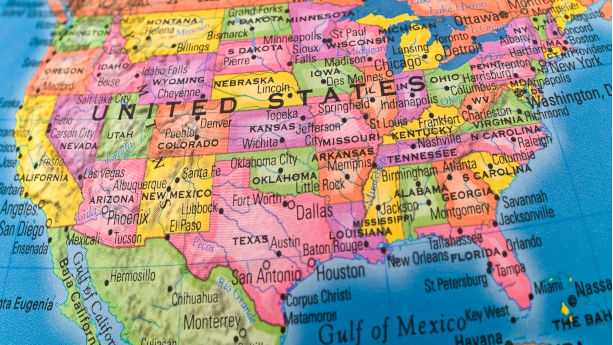Products sold in the United States must generally be labeled or marked according to the requirements in the applicable regulations. Some labeling requirements apply to all products, while others only cover certain types of products, materials, or even age groups.
Commonly, a single product is subject to several different product labeling and marking requirements, which is why you can often see a plethora of product information and compliance marks on everything from phone chargers to baby clothing.
This guide serves as an introduction to US product labeling and marking requirements for clothing, electronics, children’s products, furniture, and many other products.
Note that this guide covers both federal and some state-level labeling requirements. That being said, this is not an exhaustive list of labeling requirements in the United States.
Continue reading United States Product Labeling Requirements: A Complete Guide

















 US importers and manufacturers are oftentimes not only required to ensure compliance with federal level requirements – but also those that apply on a state level. This guides serves as a broad overview of US state level regulations concerning chemicals and heavy metals, flammability, children’s product safety and more.
US importers and manufacturers are oftentimes not only required to ensure compliance with federal level requirements – but also those that apply on a state level. This guides serves as a broad overview of US state level regulations concerning chemicals and heavy metals, flammability, children’s product safety and more.


